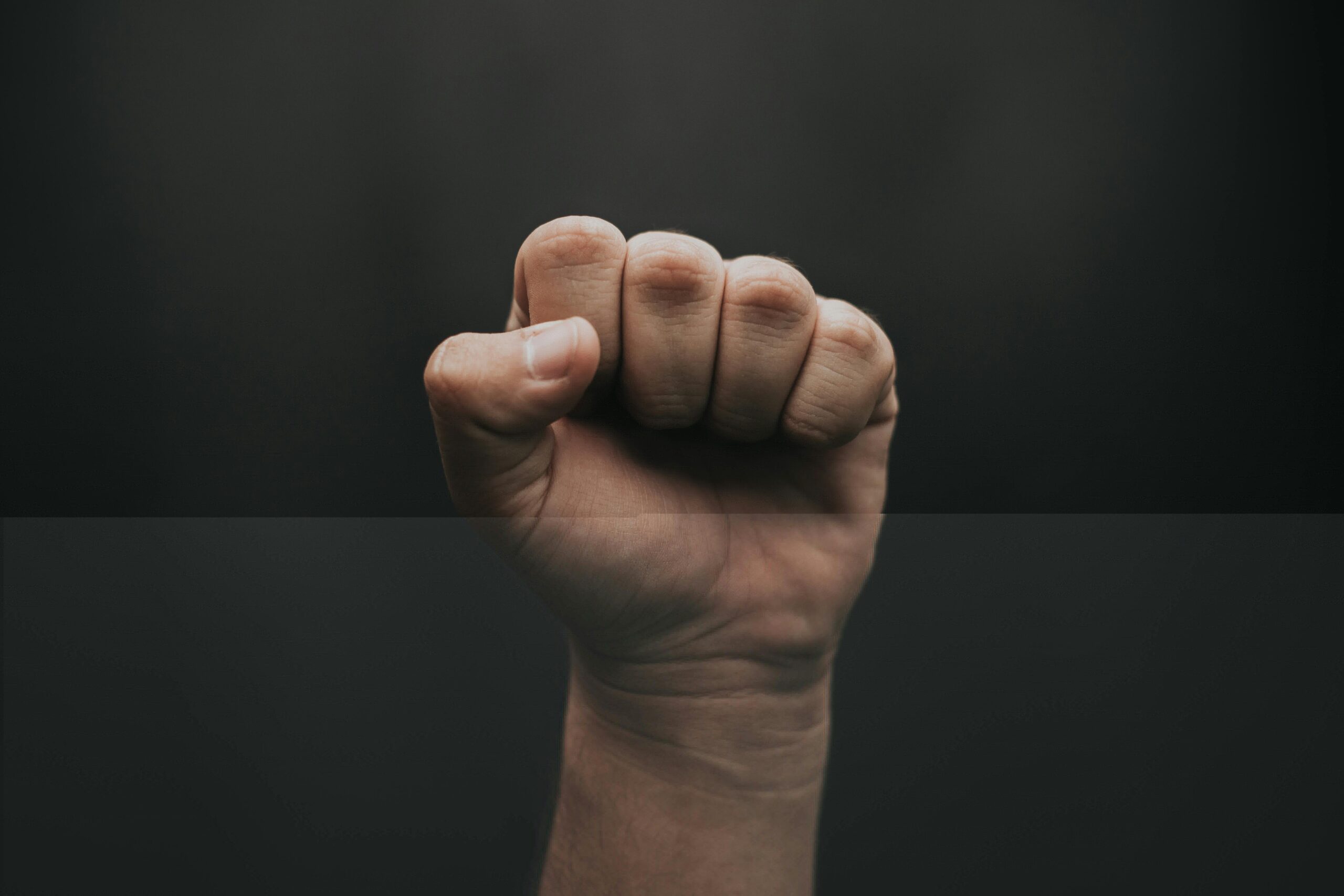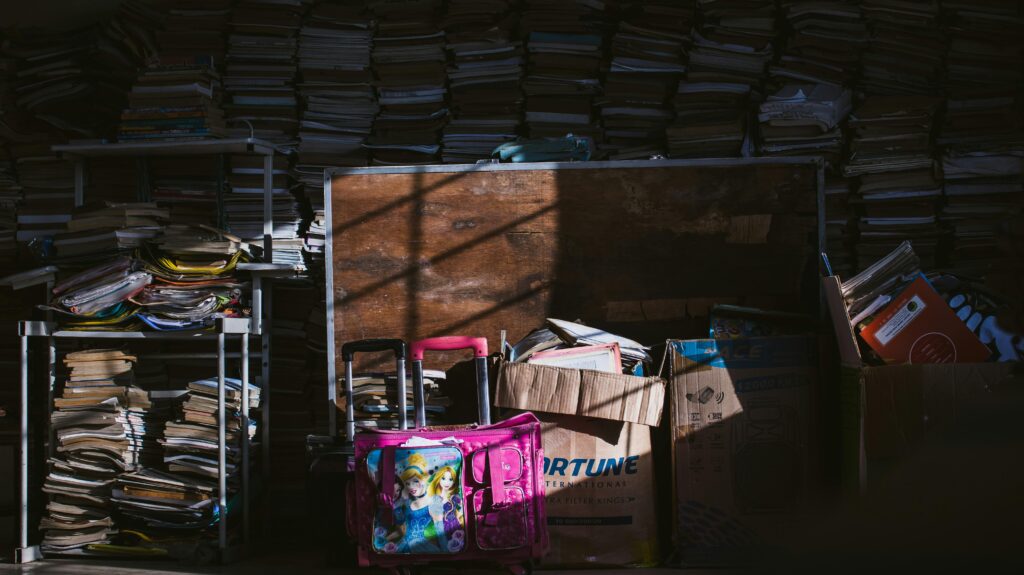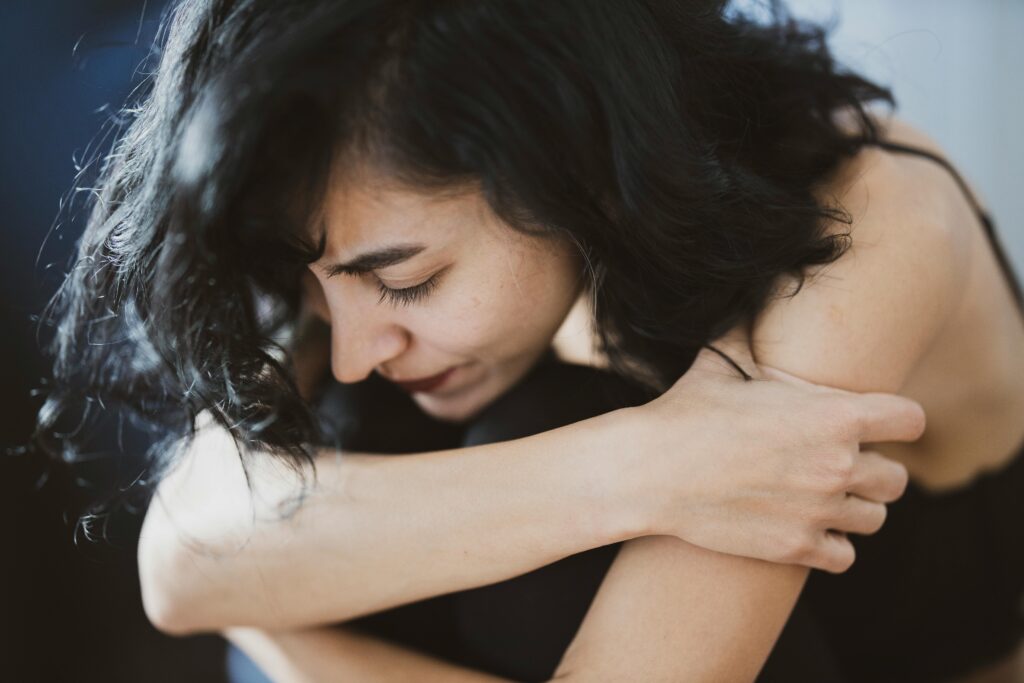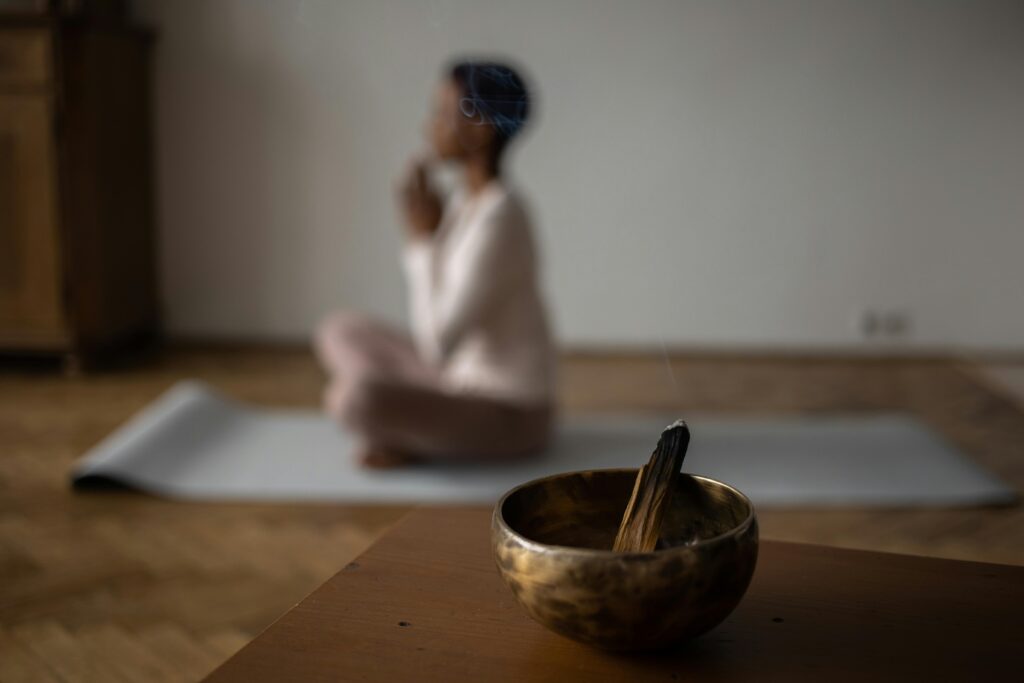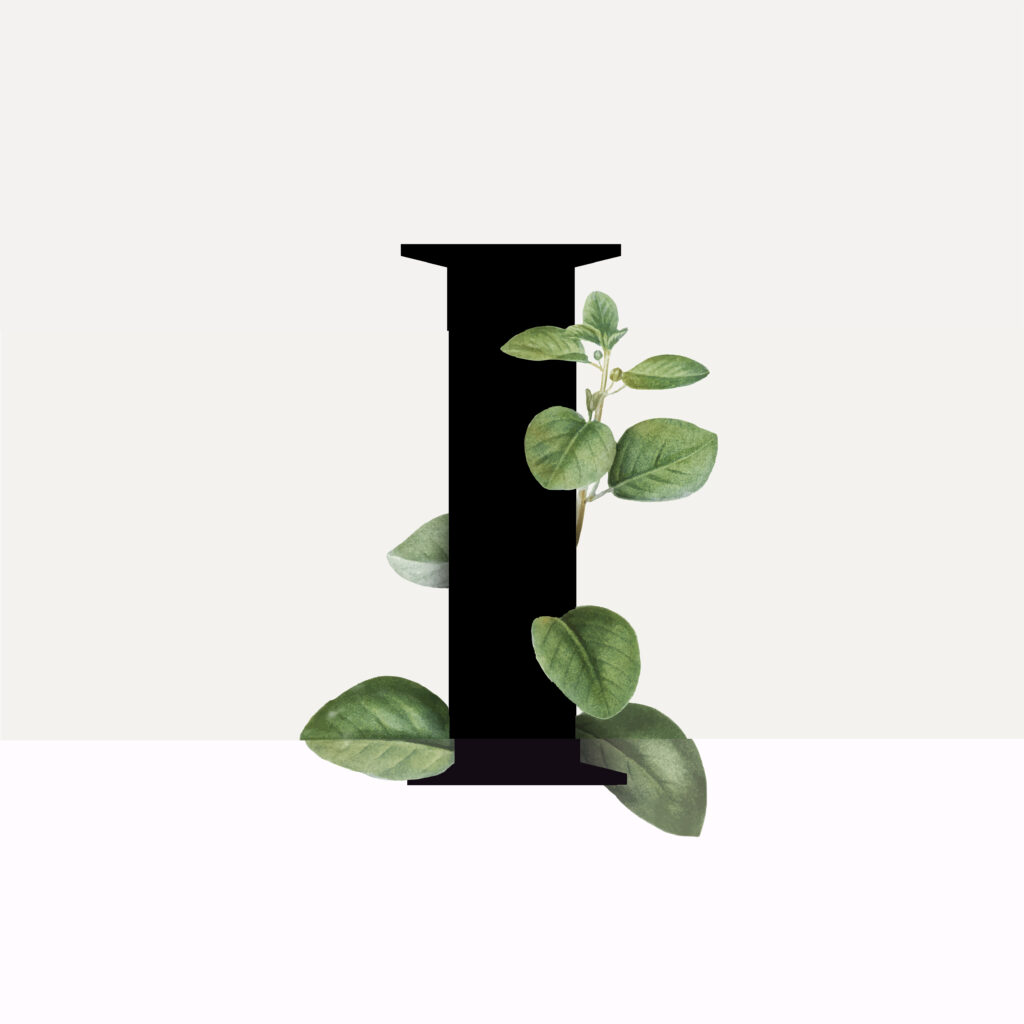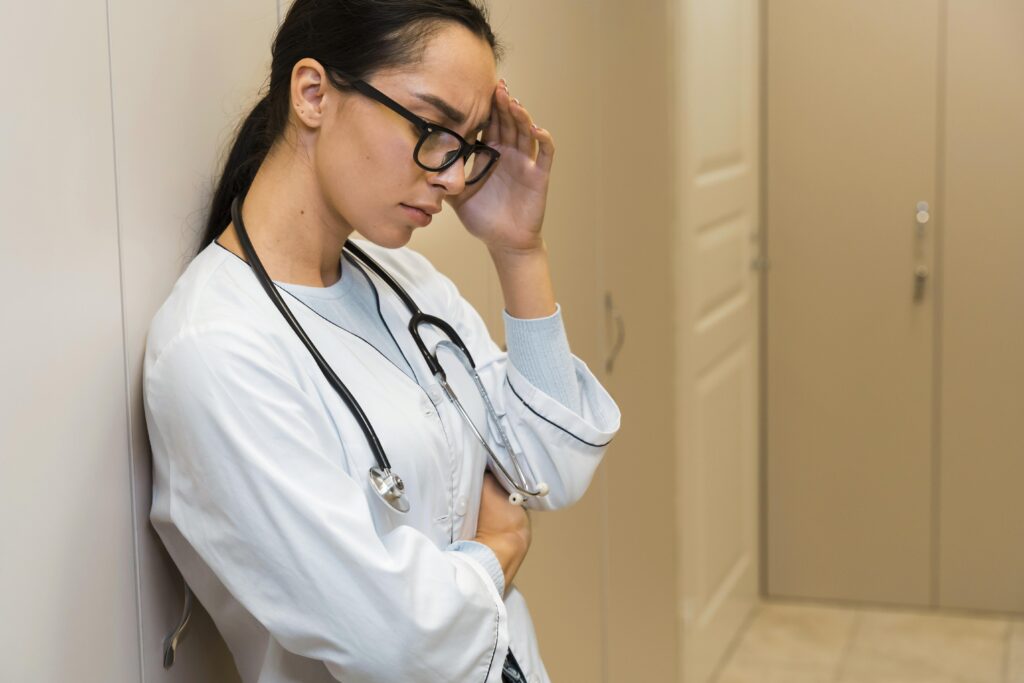After having my first baby girl, I was young and didn’t exactly follow what my medical team recommended when it came to breastfeeding. As a result, some of my milk ducts became clogged and painful, and that first bonding experience became more of a chore than a joyful connection.
Years later, the same milk ducts became infected and formed a lump that raised concern among my doctors. I eventually had a lumpectomy. Since then—thirty-five years ago—I’ve watched that same breast carefully, performing self-exams and getting annual mammograms.
Thirty-five years of wondering, what if this turns malignant one day? kept me on my toes. Back then, a breast cancer diagnosis felt like a life sentence. But today, thanks to decades of tireless research and advances in treatment, the outlook has changed dramatically.
We are living in a time of incredible progress and renewed hope. Each year brings breakthroughs that help people not just live longer, but live better, with strength, dignity, and quality of life.
Today, over 91% of women are diagnosed with localized breast cancer—meaning the cancer hasn’t spread beyond the breast tissue. This word localized brings hope. It’s a sign of earlier detection and more successful treatments. Survival rates are climbing, thanks to better screening, personalized therapies, and constant, dedicated research.
The word chemotherapy can still feel terrifying. But today’s chemotherapy isn’t what it used to be. It’s now often a gentler, more targeted treatment—designed to minimize side effects and preserve quality of life. We also have tools like genomic testing, which helps doctors avoid overtreatment, and immunotherapy, which boosts the body’s natural defenses to fight cancer more effectively.
In my community, I see so many people continuing to live their lives with resilience and grace. I’m especially inspired by my students, showing up to yoga class, moving their bodies with purpose as if nothing is happening inside them. They remind me that life can be full and joyful, even during treatment.
These newer treatments not only support the body through each step but also help ease the mind. With a stronger focus on mental and emotional well-being, we’re starting to shift our understanding of cancer from a terrifying diagnosis to something more akin to a chronic condition, like autoimmune disease.
More people are outliving their prognosis and managing their health with a holistic approach that embraces both the body and the mind. Medical teams are even recommending complementary therapies such as energy healing, massage, yoga, and meditation. While some physicians may not openly talk about it, many incorporate holistic practices into their own lives. Research supports that these practices can enhance medical treatment by helping patients reconnect with themselves, mind, body, and spirit.
With continued hope and new clinical trials on the horizon, the future looks brighter. I will keep monitoring my health, staying proactive with screenings, and doing my best to live a balanced, wholesome lifestyle—not just for myself, but for my loved ones too.
If you’re in the middle of this journey, please know you are not alone. We’re all walking alongside you, fighting with you, hoping with you. Our collective wish is that one day soon, breast cancer becomes a manageable chronic condition—and no longer something to fear.
Lean on your support system, whether it’s your family, your friends, or your care team. The cure is closer than ever.
Letting go of fear entirely might not be possible, but knowing there’s a global community—scientists, doctors, survivors, and supporters—working around the clock to find a cure might shine just enough light to get you through today.
Nameste,
Shab

